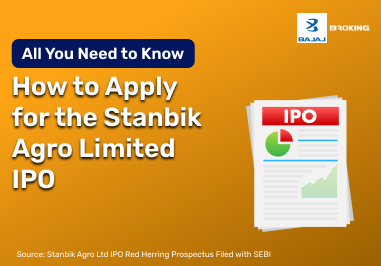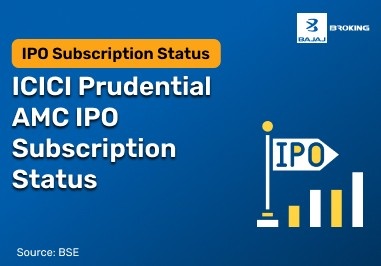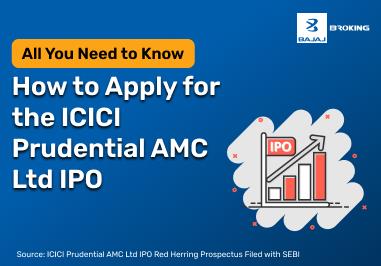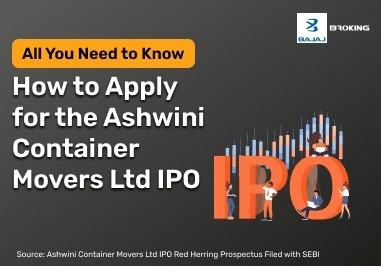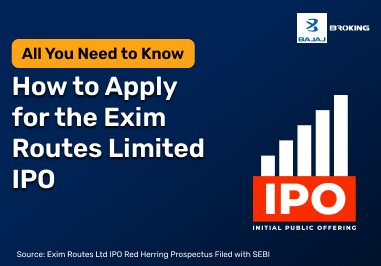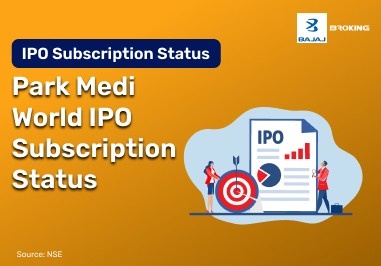If you’ve been in the markets for even a little while, you’ve probably heard people throw around terms like “HFT” and “quant trading” as if they’re the same thing. I used to think so, too. You might be nodding right now, thinking, Yeah… aren’t they just two fancy ways of saying you use algorithms?
They’re not.
High-Frequency Trading (HFT) and quantitative trading might both run on data, tech, and algorithms, but they live in different worlds. And if you’re trying to figure out which one’s worth your time, your capital, and your attention, you need to know the difference — because choosing the wrong one for you will just frustrate you.
HFT is like running a 100-metre sprint where milliseconds matter. Quant trading is more like a chess game — slower, more deliberate, and strategic. If you’re built for speed, you’ll hate waiting for a setup to play out over days. If you like thinking your moves through, you’ll find the constant adrenaline of HFT exhausting.
What is High-Frequency Trading (HFT)?
Imagine you’ve got a computer sitting right next to an exchange’s server. It’s watching dozens of markets at the same time, looking for a price mismatch that might last a fraction of a second. When it spots one, it sends an order instantly. That’s HFT.
If you’re in this game, you’re not holding a position for hours or even minutes. You’re in and out so fast you barely have time to blink. You might make a tiny profit on each trade, but you do it thousands of times a day. And yes — that adds up.
But here’s the thing: you can’t just “decide” to start doing HFT. You need serious tech — ultra-low latency networks, co-location with exchanges, and algorithms built for speed. You also need deep pockets, because keeping up with the fast players costs money. If you don’t have that, HFT isn’t your lane.
What are Quantitative Trading Strategies?
Now, if HFT is speed, quant trading is brains. You’re still using data, but you’re not racing anyone. You’re analysing it to find patterns, building models, testing them, and then trading based on the rules you set.
You might run a mean reversion strategy, betting that prices will return to their average. Or you could use trend-following, riding a market wave until it slows down. Or maybe you love statistical arbitrage, finding inefficiencies between related assets.
The beauty for you? Quant strategies fit around your style. If you want to make a few well-researched trades a month, you can. If you want to trade more often, you can build for that too. And unlike HFT, you don’t need your system living a few feet away from an exchange.
Key Differences Between HFT and Quant Strategies
Feature
| High-Frequency Trading (HFT)
| Quantitative Trading
|
Speed of Execution
| Microseconds — blink and you’ve missed it
| Minutes to months, depending on your model
|
Technology Requirement
| Ultra-low latency systems, co-location, elite algorithms
| Strong computing power, robust data tools
|
Holding Period
| Milliseconds to seconds
| Intraday to months or even years
|
Strategy Focus
| Short-term inefficiencies, order book imbalances
| Statistical models, trends, mean reversion
|
Use of Volume Data
| Real-time order flow
| Confirmation and validation of your signals
|
Market Participation
| Thousands of trades daily, fully automated
| Periodic trades based on your pre-set signals
|
Capital Requirement
| Large sums to compete and absorb losses
| Can be scaled for smaller or larger portfolios
|
Risk Profile
| High risk from leverage, rapid execution
| Varies based on how you design it
|
Regulatory Oversight
| Heavy scrutiny due to market impact
| Oversight varies by your method and location
|
Choosing the Right Approach for You
This is where you have to get brutally honest with yourself.
Do you have the budget, tech, and nerve to compete in a microsecond world? If yes, HFT might be your thing. But if you’re missing even one of those pieces, it’s not worth the chase — you’ll burn out or run out of resources fast.
If you’d rather dig into data, backtest your ideas, and take trades based on logic you trust — without needing to be fast — quant trading is more your lane. You can design it around your schedule, your risk tolerance, and your goals.
Ask yourself: Do you want to win because you’re faster than everyone else, or because you’re smarter than everyone else? That answer tells you where you belong.
Final Thoughts
Both HFT and quant trading live in the same family — data, tech, algorithms — but they demand different skills and setups. HFT is about raw speed and massive infrastructure. Quant trading is about analysis, testing, and discipline.
There’s no “better” here — there’s only what’s better for you. Your goals, your resources, your personality — that’s what should guide your choice. The markets don’t care how you trade. But you should care whether your strategy feels like a fight or a fit.

